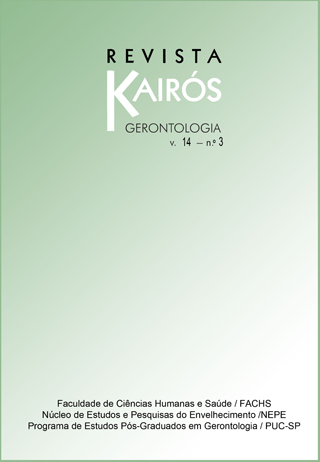Analyses of the relationship between the time of performance of the Timed Get Up and Go Test and recurrent falls related by the aged patients inserted in an ambulatory service
DOI:
https://doi.org/10.23925/2176-901X.2011v14i3p165-179Keywords:
Falls, Timed Get Up and Go, Comparison.Abstract
Falls obtain more relevance with the rise of the aged population in terms of public health and socioeconomic issues. The averages of the time to perform the Timed Get Up and Go test (TGUG) in ambulatory elderly patients with story of accidental and recurrent fall were compared in this retrospective and longitudinal study. It is noted that the time to perform the TGUG, in average, was significantly higher in the elderly with story of recurrent falls.Downloads
Published
2012-06-28
How to Cite
Valente, A. P., Tramont, C. V. V. e, Silva, K. M., Motta, L. B. da, & Caldas, C. P. (2012). Analyses of the relationship between the time of performance of the Timed Get Up and Go Test and recurrent falls related by the aged patients inserted in an ambulatory service. Revista Kairós-Gerontologia, 14(3), 165–179. https://doi.org/10.23925/2176-901X.2011v14i3p165-179
Issue
Section
Papers


